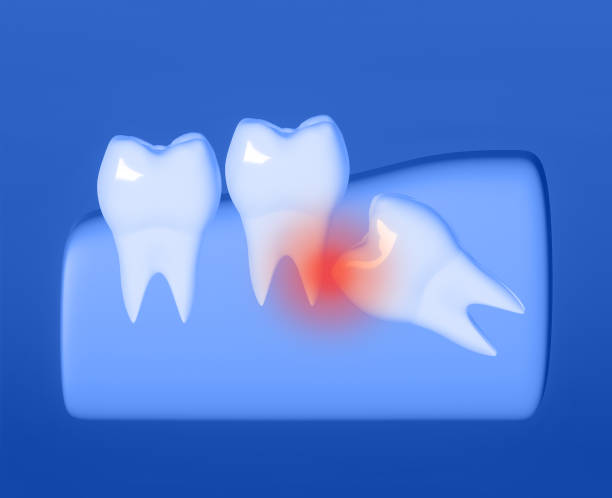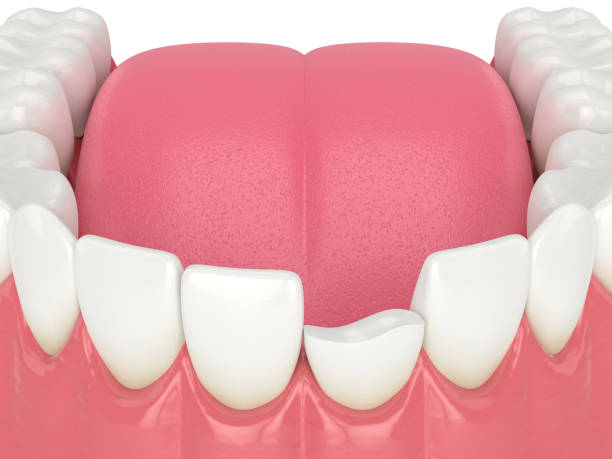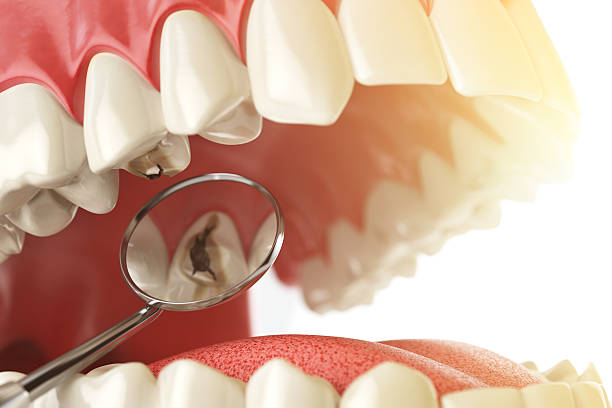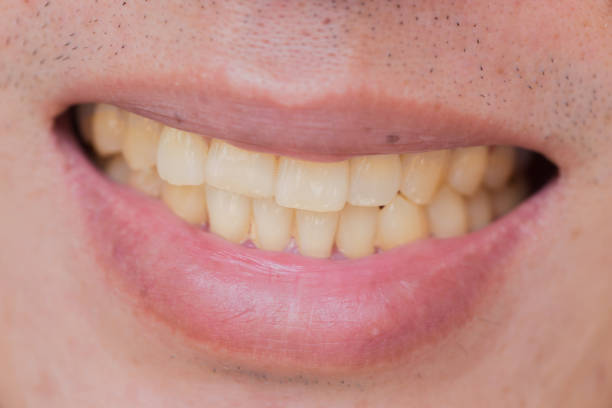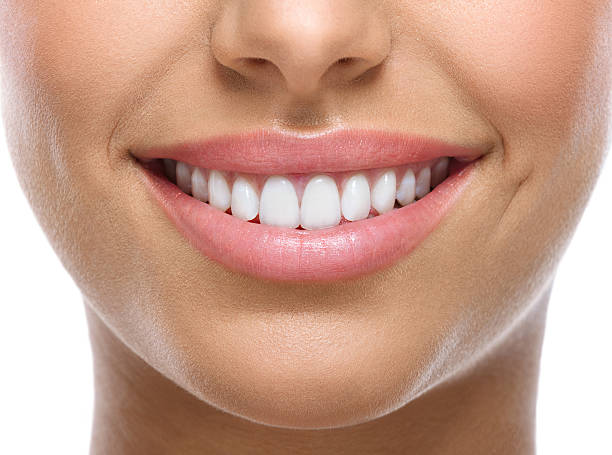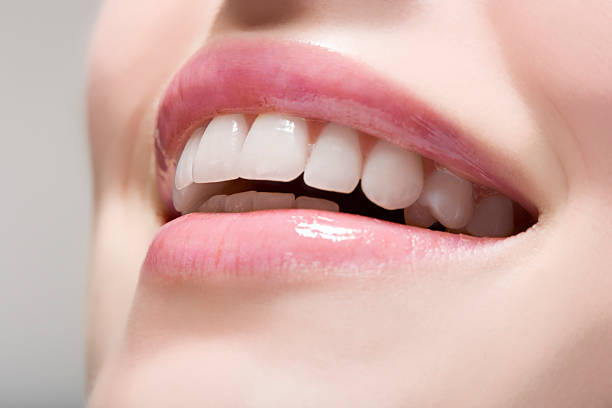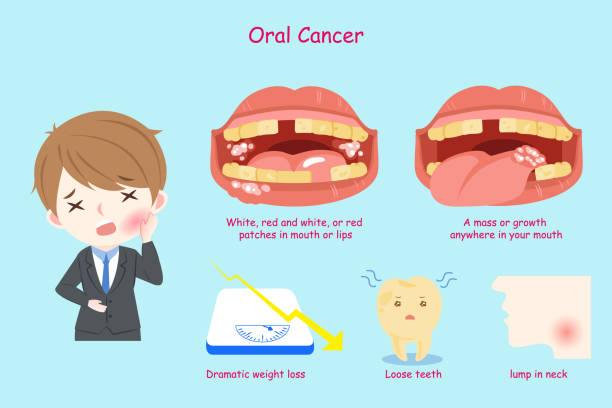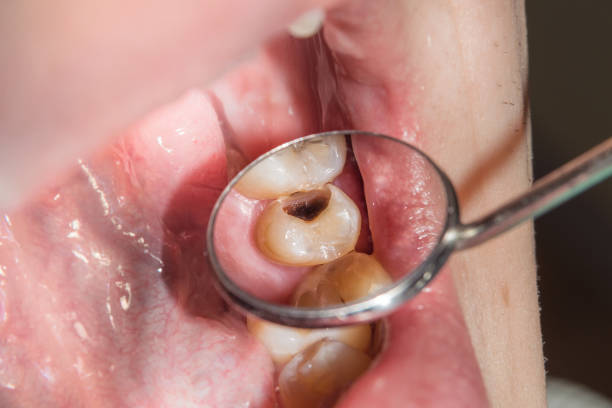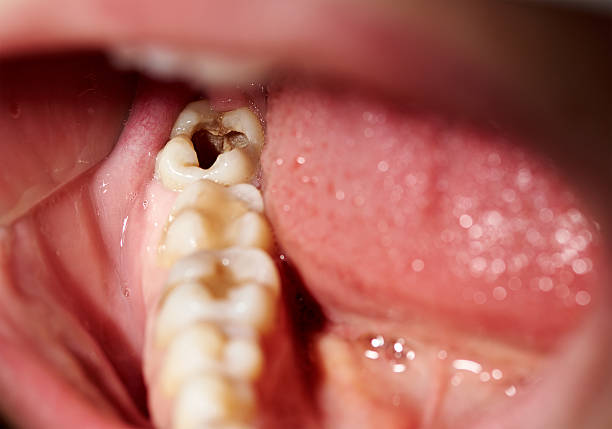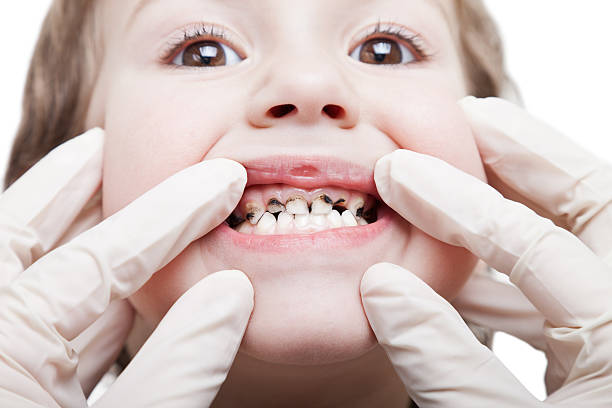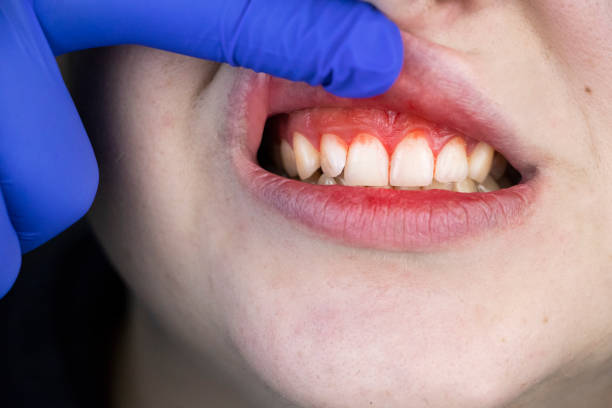Cracked Tooth: Causes and treatment
Cracked Tooth
A cracked tooth is a condition in which a tooth has a crack that extends from the chewing surface of the tooth down to the root. This can be caused by a variety of factors, including trauma, tooth grinding, and large fillings. Symptoms of a cracked tooth may include pain when biting or chewing, sensitivity to temperature changes, and a tendency for the tooth to chip or break. Treatment options for a cracked tooth include bonding, crowns, or root canal therapy, depending on the severity of the crack.
The Effects of Cracked Tooth
A cracked tooth can have a variety of effects on the tooth and the surrounding area. Some potential effects include:
Pain when biting or chewing: The crack in the tooth can cause pain when pressure is applied to the affected area.
Sensitivity to temperature changes: The crack can expose the tooth's dentin, which is the softer layer beneath the enamel, making the tooth sensitive to hot and cold temperatures.
Chipping or breaking of the tooth: The crack can cause the tooth to chip or break, which can lead to further damage and the need for more extensive treatment.
Gum inflammation and infection: The crack can allow bacteria to enter the tooth and infect the surrounding gums, leading to inflammation and infection.
Damage to the tooth's nerve: The crack can extend to the tooth's pulp chamber, where the nerve and blood vessels are located, which can lead to damage or death of the tooth's nerve, which may lead to a root canal therapy.
The tooth may become loose: If the crack is severe, it can cause the tooth to become loose and eventually fall out.
It's important to have a cracked tooth examined by a dentist as soon as possible to prevent further damage and to determine the best course of treatment.
Treatment Options for Cracked Tooth
There are several treatment options for a cracked tooth, depending on the severity of the crack and the overall health of the tooth. Some common options include:
Bonding: If the crack is small and does not extend into the pulp chamber, a dentist may use tooth-colored resin to bond the tooth and restore its strength.
Crowns: If the crack is larger and extends closer to the tooth's pulp chamber, a dentist may recommend a crown. A crown is a cap that is placed over the tooth to protect it from further damage and restore its shape and function.
Root Canal Therapy: If the crack extends into the pulp chamber and the nerve of the tooth is affected, a root canal therapy may be necessary. During a root canal, the dentist will remove the damaged nerve and blood vessels and fill the pulp chamber with a special material to protect the tooth from further infection.
Extraction: In some cases, if the crack is severe and cannot be treated effectively, the tooth may need to be extracted.
It's important to note that a cracked tooth should be treated as soon as possible to prevent the crack from getting worse and resulting in further damage to the tooth and surrounding tissue. It's important to seek dental attention as soon as possible.
Conclusion
In conclusion, a cracked tooth is a condition in which a tooth has a crack that extends from the chewing surface of the tooth down to the root. It can cause pain when biting or chewing, sensitivity to temperature changes, and a tendency for the tooth to chip or break.
The effects of a cracked tooth can also lead to gum inflammation and infection, damage to the tooth's nerve, and loose tooth. Treatment options include bonding, crowns, root canal therapy, and in some cases, extraction. It's important to have a cracked tooth examined by a dentist as soon as possible to prevent further damage and to determine the best course of treatment.


